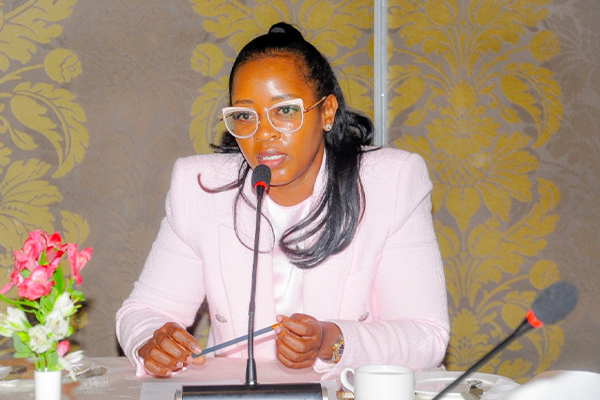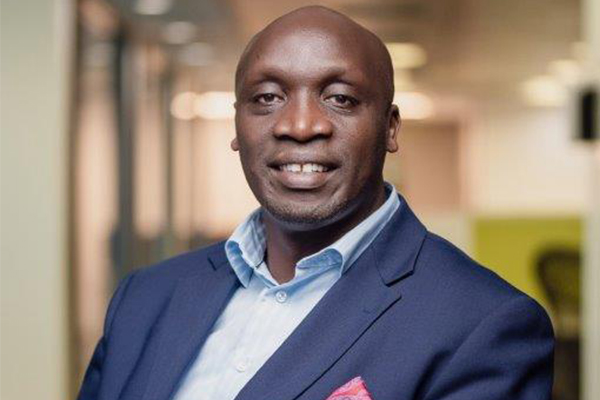By Gordon Pirie, Honorary Research Associate, University of Cape Town
Airport histories can be surprising. Changes to airport names may conceal stretches of their past. Thus, the colonial roots of two of Nairobi’s three airports are opaque. Each of the three has taken a turn as the prime international gateway to Kenya.
During the 1930s, Wilson Airport, to the southwest of Nairobi, was the only city airport. It was set up by Kenyans for local flying – still in its infancy – in the colony. It became a stopping place on the new air route operated by Imperial Airways (predecessor of British Airways) across Africa.
During World War II, a second, bigger airport was developed east of the city centre on vacant land at Eastleigh. The airport was built initially as a colonial air force outpost, but was soon shared by civilian airliners.
In the 1950s, a third and even bigger site was developed at Embakasi, further out from and southeast of Nairobi city centre. After independence from Britain in 1963, this airport was developed into the current Jomo Kenyatta International Airport.
In a paper on the colonial planning of airports in Nairobi, I discuss the decision-making processes around the three airports. The research offers a glimpse of how colonial economic and political considerations affected airport provision. As the colonial power, Britain would have been expected to plan airports easily to suit its needs. But after World War II, Britain – and Kenya – faced financial austerity.
My research shows that planning was actually slow and fraught, especially when Britain declined to pay the entire bill. And airports in Nairobi were not imagined and planned as part of organic city land use or changing urban ecology. Instead, airports happened to colonial Nairobi.
Decades later the city’s airports are a window to the institutional complexities, compromises and devices of late colonialism.
Colonial considerations
New purposes are often found for old airports, including using them for general aviation, such as serving recreational flying, and local business and tourist air charter.
This happened at Wilson Airport in Nairobi. The airport at Eastleigh reverted to a military facility – now Moi Airbase – having lost its commercial aviation role in the 1950s.
The layered decision-making behind this switch is a fascinating and, in parts, ugly story.
For eight years in the 1940s and 1950s, colonial officials in London and Nairobi discussed whether to retain and develop Eastleigh for post-War civil aviation, or to create a new and bigger airport elsewhere.
Britain wanted a more modern, safer and better-quality airport than Eastleigh. The cost of the necessary runway extensions there versus the cost of developing a new airport at a more remote and expansive site was a major consideration.
Kenya’s Governor in 1945 was adamant that Britain should not expect a colony to pay for even just upgrading an airport for an air service which it had never requested and which few local people would use.
The possibility of paying for new facilities by selling buildings and some land at Eastleigh was considered. But the Royal Air Force was reluctant to give up its base there, especially during the Mau Mau uprising when military aircraft tracked and attacked their positions.
It was not just defence interests. Britain’s civil aviation ministry, the Colonial Office, the Treasury, Britain’s national airline (BOAC), and the Kenyan Legislative Assembly, had different views on how to even estimate the costs of airport renewal or relocation, let alone how to fund them. The Legislative Assembly protected its limited budget fiercely.
Several proposals were put forward. These included variations on how Kenya, Britain and airport users could share the expenses. Multiple studies produced different estimates of land values. And there were competing agendas. For example, the Nairobi City Council wanted the 1,000 acres of land at Eastleigh for houses for a growing population. But the Council did not have first call on or veto powers over the use of Crown Land. Meanwhile, other options were curtailed by requirements to freeze urban land development under aircraft flight paths.
Eyes on the cost
The affordability of airport expansion and modernisation was an ongoing headache. It was also a shifting target. During eight years spent on airport planning, different airport specifications and costings were geared to nine successive varieties of British airliner unilaterally proposed by BOAC for use into and out of Nairobi. Each had different technical attributes and variable requirements as regards approach corridor, runway length, width and strength, and aircraft parking space.
The introduction of the first ever passenger jet aircraft on the London–Johannesburg route via Nairobi in May 1952 helped focus minds. Without an airport that could handle BOAC’s Comet jet, Nairobi might have found itself off the principal air route across Africa.
After a technical engineering study of the Embakasi site, and piles of dense estimating, accounting, and reporting, a financial resolution was found. In May 1953 the Kenya Legislative Assembly agreed to the construction of the city’s third airport there.
In the late colonial period, the airport planning process was not very consultative. Officials in various strands of government were in the driving seat. Settler voices were heard indirectly, but not those of Africans or the Kenyan Asian population.
There were no people living on and farming the Embakasi site who had to be relocated to make way for the new airport. Nevertheless, there was a shameful side to Nairobi’s newest airport. In a jarring application of colonial practices, costs were saved during preparation of the new site by using Mau Mau prisoners as manual labourers.
Airport passenger terminals are often designed to flaunt a city and country. Embakasi’s modest terminal made Nairobi’s newest airport more colonial utility than colonial showpiece. A glaring showing of colonialism, the airport’s labour history is not commemorated in its post-colonial re-naming.
This article was originally published on The Conversation on February 1, 2021
















